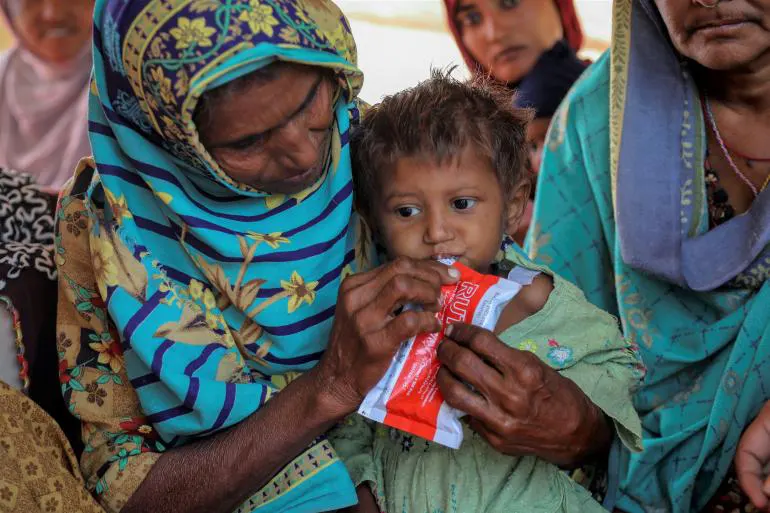Crisis-hit countries, putting women and newborn babies at risk – UNICEF
The number of pregnant and breastfeeding adolescent girls and women suffering from acute malnutrition has soared from 5.5 million to 6.9 million – or 25 per cent – since 2020 in 12 countries hardest hit by the global food and nutrition crisis, according to a new report released by UNICEF today.
The 12 countries – including Afghanistan, Burkina Faso, Chad, Ethiopia, Kenya, Mali, Niger, Nigeria, Somalia, South Sudan, Sudan and Yemen – represent the epicentre of a global nutrition crisis that has been exacerbated by the war in Ukraine and ongoing drought, conflict, and instability in some countries.
South Asia and sub-Saharan African remain the epicentre of the nutrition crisis among adolescent girls and women, home to 2 in 3 adolescent girls and women suffering from underweight globally, and 3 in 5 adolescent girls and women with anaemia. Meanwhile, adolescent girls and women from the poorest households are twice as likely to suffer from underweight as those from the wealthiest households.
According to the report, Pakistan has a high percentage of adolescent girls and women aged 15-49 years with underweight, short height, and anaemia. The analysis also shows adolescent girls in Pakistan have lower dietary diversity than boys. Also, only 28 per cent of adolescent girls and women aged 15-49 years in Pakistan are consuming the minimum dietary requirements.
The report shows that climate change is a growing threat to food insecurity and has disproportionate impacts on women. In 2022, extreme weather events, such as the prolonged drought in the Horn of Africa and central Sahel, and severe floods in Nigeria and Pakistan, have increased the risk of food insecurity by causing crop failure, killing livestock and ruining livelihoods.
Undernourished and Overlooked: A Global Nutrition Crisis in Adolescent Girls and Women – issued ahead of International Women’s Day – warns that the ongoing crises, aggravated by ongoing gender inequality, are deepening a nutrition crisis among adolescent girls and women that had already shown little improvement in the last two decades.
“The global hunger crisis is pushing millions of mothers and their children into hunger and severe malnutrition,” said UNICEF Executive Director Catherine Russell. “Without urgent action from the international community, the consequences could last for generations to come.”
According to the report – an unprecedented and comprehensive look at the state of adolescent girls’ and women’s nutrition globally – more than one billion adolescent girls and women suffer from undernutrition (including underweight and short height), deficiencies in essential micronutrients, and anaemia, with devastating consequences for their lives and wellbeing.










